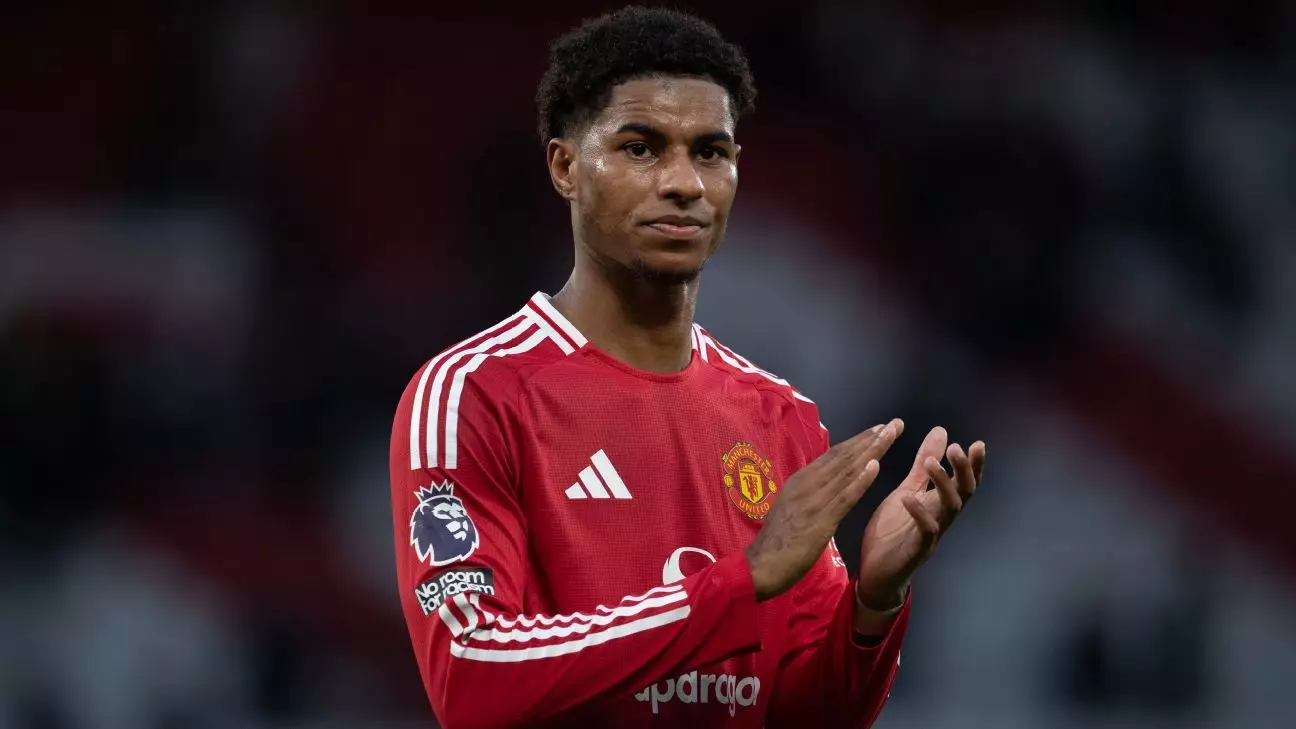The Premier League transfer window has officially opened, igniting excitement across clubs and fans alike for the 2024-25 season. This period, characterized by strategic acquisitions and speculative discussions, is not only a crucial phase for strengthening teams but also a reflection of broader market trends in European football. As clubs scramble against the clock to finalize deals before the window closes, a closer examination of this annual ritual reveals insights into the shifting dynamics of player transfers.
The opening of the Premier League transfer window signals a pivotal moment for clubs aiming to refine their squads. From now until February 3, 2025, at 11 p.m. GMT, teams will have the flexibility to make impactful signings or offload underperforming players. This window is not exclusive to the Premier League; similar systems operate across other European leagues, albeit with varying timelines. Notably, LaLiga and Serie A will see their windows closing at local midnight and 11 p.m. GMT respectively, while Bundesliga clubs have an earlier deadline.
Historically, the January transfer window often draws a mixed response from clubs, with some engaging in significant spending while others adopt a more conservative approach. This contrast is reflective of how clubs assess their current standings and future aspirations. In comparison to recent years, the trends indicate potential shifts in financial strategies, influencing how clubs maneuver during this highly scrutinized period.
Reflecting on the financial landscape, data from Deloitte highlights a notable decrease in spending by Premier League clubs during the last January transfer window, which only saw a gross expenditure of £100 million. This number was £715 million less than the previous record-breaking year, and aside from the pandemic-influenced window of January 2021, it marks one of the most restrained periods of spending since 2012. Such figures raise questions about the economic realities confronting clubs, where balancing financial sustainability with competitive demands is becoming increasingly vital.
On the note of speculation, Tottenham’s purchase of Radu Dragusin illustrates how even in a quieter window, clubs continue to identify and acquire key talents. Still, the relative lull in transfer activity might suggest a more cautious approach from clubs, possibly anticipating a correction in player valuation as market realities adjust post-COVID.
As the window unfolds, several high-profile players find themselves at the center of transfer discussions. Manchester United’s Marcus Rashford has sparked dialogue with his comments indicating a desire for a “new challenge.” This hint at discontent aligns with broader concerns over player management, particularly his exclusion from key matches. Such comments can have rippling effects, prompting other clubs to consider potential offers for a player who has long been a fixture at United since his youth days.
Similarly, Liverpool’s stalwarts – Mohamed Salah, Trent Alexander-Arnold, and Virgil van Dijk – face uncertainty as their contracts near expiration. Their ability to negotiate pre-contract agreements with clubs outside of England escalates the potential for departures, an increasingly likely scenario in today’s football landscape, where free agents attract significant interest.
The situation at Manchester City mirrors Liverpool’s predicament, as star midfielder Kevin De Bruyne finds his contract also set to expire this summer. His presence and previous contributions underscore the risk City faces if they cannot secure an extension.
As clubs gear up for potential acquisitions and face the realities of contract negotiations, the current transfer window encapsulates the competitive spirit of the Premier League while highlighting the complexities of modern football. With economic nuances in play, combined with high-profile player speculation, this window is shaping up to be one of intrigue. For fans and clubs alike, the coming weeks will not only define team strategies but could also fundamentally reshape the landscape of English football. The excitement and tension that accompany transfer deadlines serve as a reminder of football’s unpredictable nature, making each decision pivotal in the grand narrative of the season.


Leave a Reply